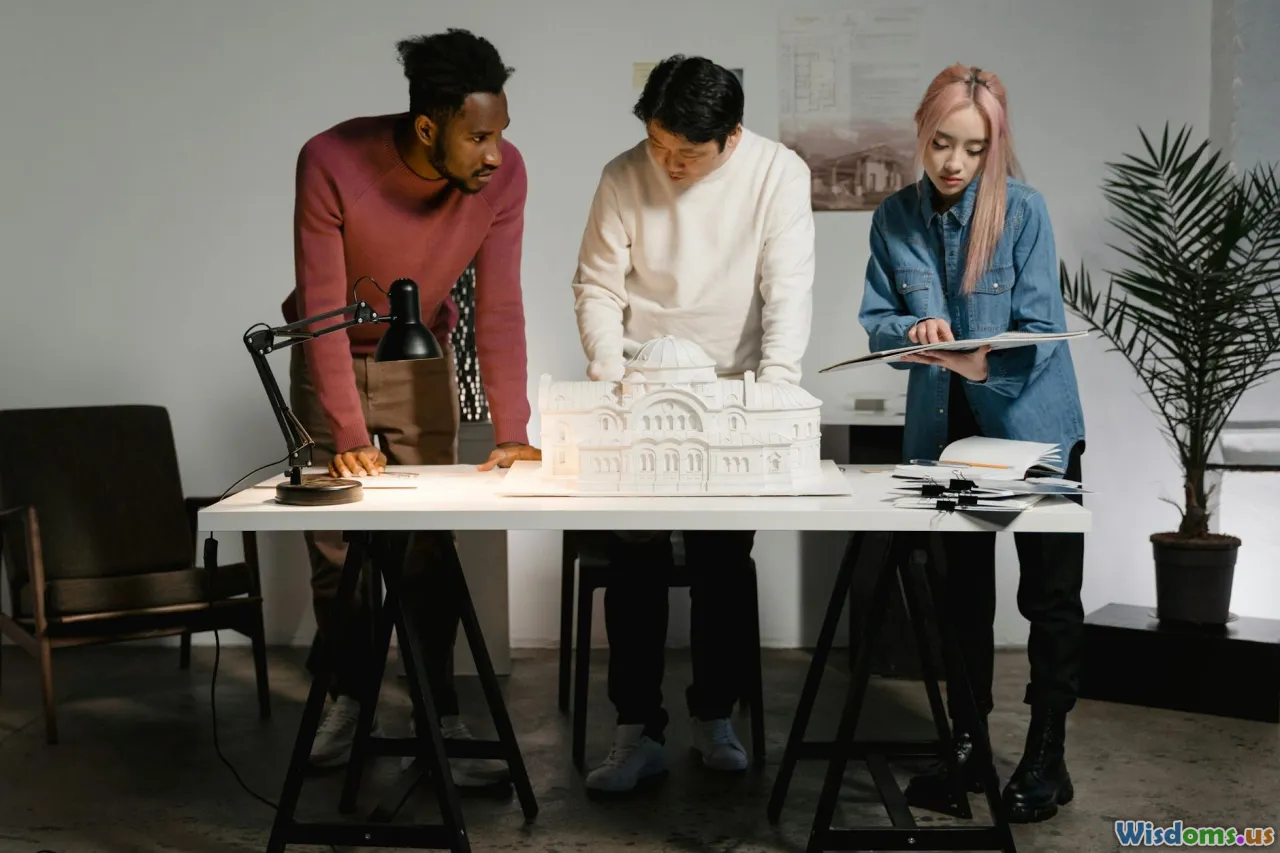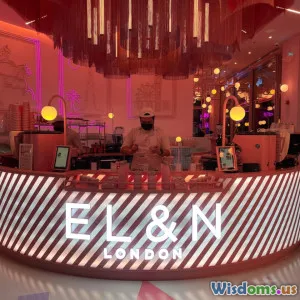
Tips for Collaborating with Clients
8 min read Master client collaboration in design with proven tips that enhance creativity and project success. (0 Reviews)
Tips for Collaborating with Clients in Graphic Design & Creativity
Collaboration between a graphic designer and their client forms the backbone of every successful creative project. Yet, this dynamic is often fraught with communication gaps, unclear expectations, and creative conflict. What if there were concrete ways to bridge these gaps effectively? This article uncovers actionable tips that foster trust, clarity, and creativity, turning collaboration into a superpower rather than a challenge.
Why Client Collaboration in Graphic Design Matters
Graphic design isn’t just about making things look beautiful. It’s about visually communicating a client’s story, values, and objectives. When collaboration falters, the end product fails to resonate, causing frustration for everyone involved. According to a 2021 Adobe Creative Trends report, projects that engaged clients early and continuously throughout the design process were 40% more likely to meet deadlines and client satisfaction benchmarks.
With this in mind, collaborative synergy between designer and client can unlock ideas, reduce rework, and deliver designs that truly stand out.
1. Establish Clear Communication Channels and Expectations
Transparent communication is the foundation for collaboration. Before diving into design work, both parties should agree on the primary communication channels—whether it’s email, Slack, or project management tools like Asana or Trello.
Setting Expectations:
- Outline the scope of the project clearly, including milestones and deadlines.
- Discuss preferred feedback styles and frequency.
- Clarify roles: Who approves what? Who is the final decision-maker?
Example: Imagine starting a branding project where the client requests “modern and minimal” design but offers no specifics. Without clear dialogue, the designer’s interpretation may wildly differ from the client’s vision, causing costly revisions.
By creating an "expectations agreement," you can prevent miscommunications. Ben Johnson, a senior project manager at a major design agency, emphasizes: “Spending an hour upfront to align with your client saves days of corrections later.”
2. Embrace a Discovery Phase to Deep Dive into the Client’s Brand
Too many collaborations default to jumping straight to sketching ideas. Yet, the discovery phase—which involves research, competitive analysis, and brand immersion—grounds design decisions in context.
Questions to explore include:
- What does the client’s audience value and expect?
- What challenges is the brand facing?
- What differentiates their brand in a saturated market?
Fact: According to a study by the Design Management Institute, companies that integrate deep research and user insight into their design process outperform their peers by 211% in stock price growth over 10 years.
Case in point: When rebranding the nonprofit charity Water.org, IDEO designers spent significant time engaging with the community and understanding their story, resulting in a global brand that resonates on emotional and practical levels.
3. Use Collaborative Tools to Enhance Transparency
In a remote-first, digital world, many collaborations happen online. Utilizing tools like Figma for real-time design reviews, Miro for brainstorming, and Google Docs for shared notes can remove geographic and temporal barriers.
Such platforms enable:
- Instant feedback and iteration
- Easy version control to track changes
- Shared visual references that reduce misunderstandings
Example: During a logo redesign for a tech startup, the client and designer used Figma’s comment feature extensively. This approach trimmed revision cycles by nearly 30%, speeding up deployment without compromising quality.
4. Manage Feedback Constructively and Ask Guided Questions
Client feedback is invaluable, but vague or conflicting comments can stall progress. Designers should foster constructive discussions by asking clarifying questions such as:
- What about this concept resonates with your brand?
- Which elements need adjustment and why?
- How do you imagine your audience reacting to this design?
Providing options rather than open-ended queries also helps. For instance, suggesting specific directions (“Would you prefer a warmer palette or brighter colors?”) keeps feedback focused.
Notable Insight: Adobe’s 2020 Creativity Study revealed 70% of designers cite “inefficient feedback” as a key pain point, underscoring the need for guided and goal-oriented client discussions.
5. Foster Mutual Respect and Patience Throughout the Process
Creative collaboration is as much about emotional intelligence as it is about skill. Clients may not be design experts, and designers may find it hard to entertain subjective opinions. Cultivating patience and empathy strengthens relationships.
Try these tactics:
- Appreciate diverse perspectives—even if they slow the pace initially.
- Explain design rationale without jargon.
- Celebrate small wins and progress with your client.
Anecdote:
Lara Padilla, a freelance graphic designer, recalls, “One client changed their mind multiple times. Instead of frustration, I invited them to a video call where we talked through their vision step-by-step. That transparent approach built trust and ultimately led to a better outcome.”
6. Clarify Deliverables and File Management From the Start
Misunderstandings about deliverables can sour collaborations. Be explicit about what files/formats clients receive, licensing rights, and how they can use the designs post-project.
Create a clear project handoff document detailing:
- File types provided (e.g., vector, PNG, source files)
- Usage rights granted
- Timelines for future revisions (if any)
Doing so avoids legal confusion and ensures both parties know what to expect after project completion.
Conclusion
Successful collaboration with clients in graphic design requires more than artistic talent—it demands strategic communication, empathy, and process discipline. By setting clear expectations, engaging in thorough discovery, leveraging collaborative tools, managing feedback wisely, and respecting the client’s viewpoint, designers can create work that not only looks exceptional but truly meets client goals.
As creative visionary Paul Rand said, “Design is the silent ambassador of your brand.” When collaboration thrives, so does the design—and the client’s story shines through all the more brilliantly.
Engage these tips in your next client project, and transform collaboration into the engine of creativity and success.
Written to inspire and inform graphic design professionals seeking to elevate client partnerships.
Rate the Post
User Reviews
Popular Posts





















